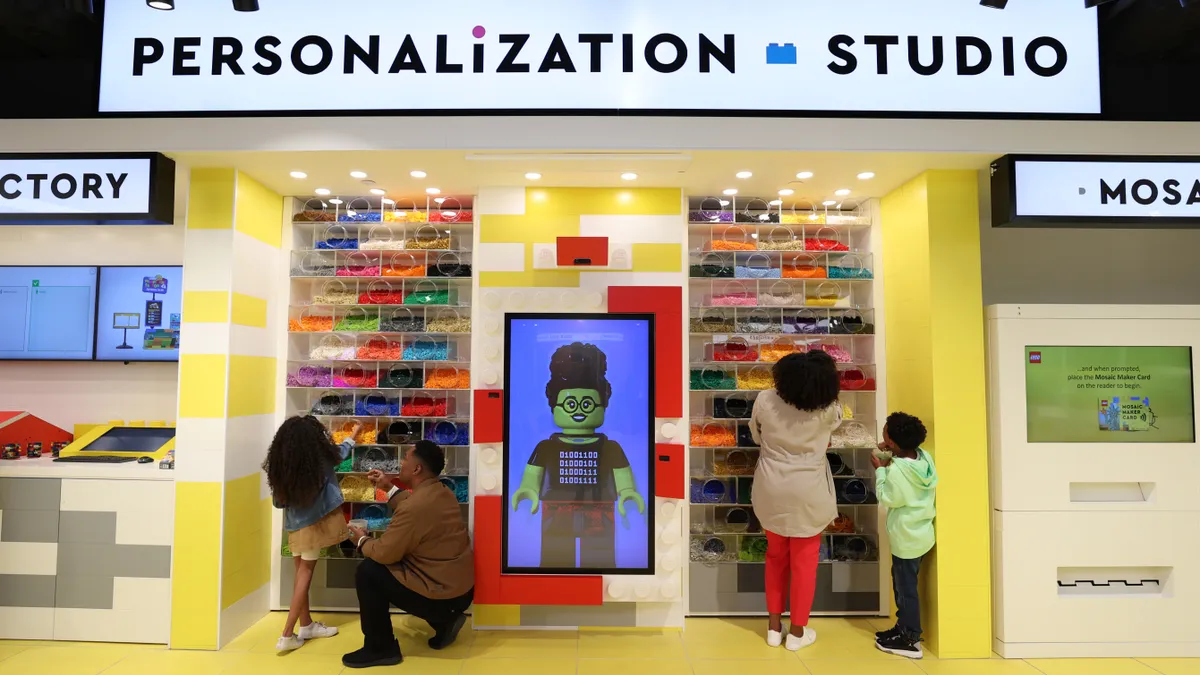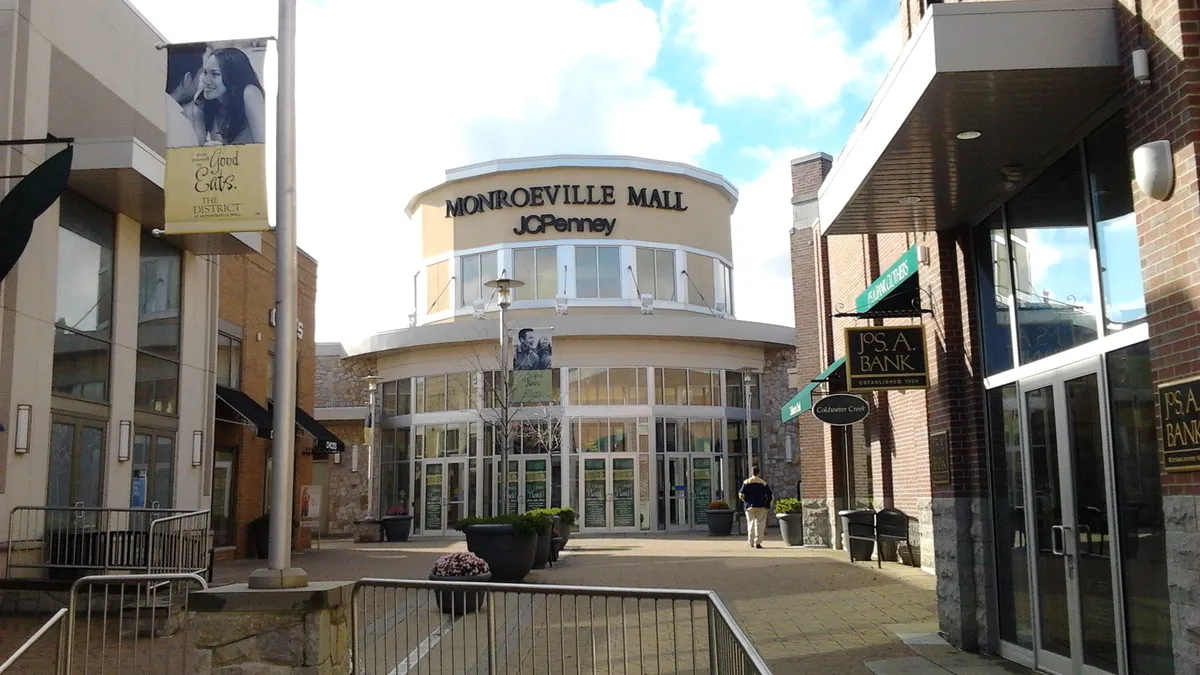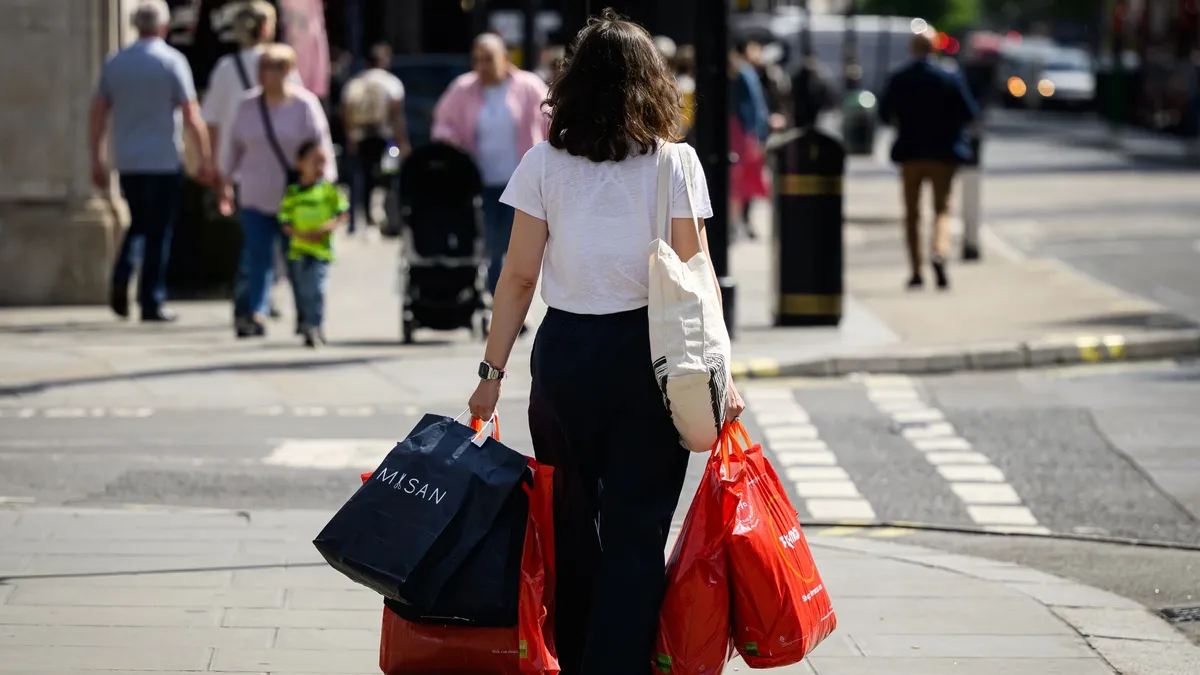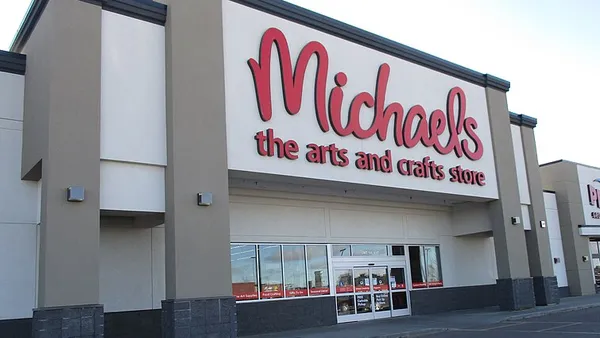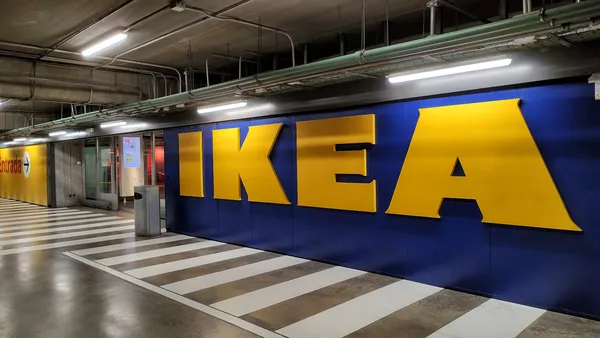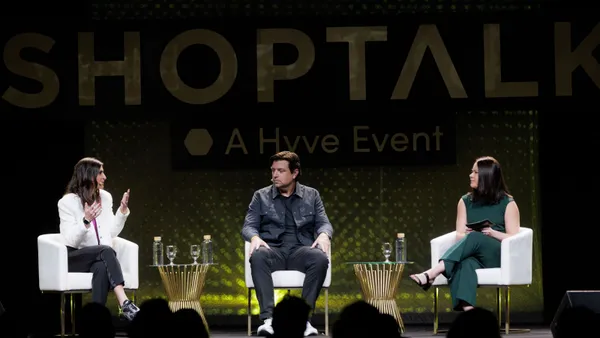Last February, Lego transformed its Battersea Power Station store in London into a flower shop.
All the flowers were made of Lego Bricks, of course, and employees put together 220 sets to create “Le Florist.”
Guests are immersed into an experience, Martin Urrutia, Lego’s head of global retail experience and innovation, recently said to an audience at the National Retail Federation’s Big Show regarding the floral transformation. “A couple of months ago we landed a spaceship in the center of the store. We have Santa’s chair — made of Lego bricks — with a fireplace. That’s what delights and creates memories for shoppers.”
That’s because physical retail spaces can be considered a media channel, a place for storytelling and a way customers can see and engage with a brand, according to Urrutia.
But retailers must have the fundamentals in play. That goes back to stock availability, the correct physical location and streamlined communication, per Urrutia. And while experiences can be created within a store, employees enable storytelling.
The toy maker has also been bridging its online and in-store efforts. Last fall, the company began hosting gaming-themed workshops both digitally and at select locations.
Lego has also been experimenting with livestreaming and found that the best possible studio for the venture may be its own stores.
“We already have the product. We have the set,” Urrutia said. The company also has found that its own employees make exemplary livestream hosts.
“They do a great job talking to customers every day. So why not allow them to be on livestream? They are great stars,” Urrutia said. “They’re very authentic. We love the passion that they bring.”
Lego has also removed some of its standard shelving to create a personalization studio where customers can create customized Lego Minifigures. Shoppers can pick between preselected designs or create something new by adding text, decorations and drawings to their figures.
“We're removing the space from products, but we believe that will make the store visit unique and we’ll keep shoppers engaged to come and visit again,” Urrutia said.
Instagram user Jacey Adler recently recommended the experience as a dating idea in New York City that “isn’t just going to bars or restaurants.”
The notion of being able to draw in adults for a toy retail experience may be of particular importance as the cohort accounts for more toy sales than preschoolers. Nearly half of all adults had purchased a toy for themselves within the last year for reasons including collecting, socialization and enjoyment, according to a June report by Circana.
Thus, the storytelling that takes place within Lego stores is part of the larger consumer draw. Urrutia urged other retailers to think about the story they are telling to shoppers when it comes to in-store experiences.
“The expectations are to deliver best-in-class experiences where the brand will come to life,” he said.



